Havets Hus’ mission is to run a public marine aquarium in Lysekil, with activities naturally connected to this purpose. We educate about marine wildlife and environmental conditions, primarily focusing on the local area—the West Sea—and related initiatives. The company engages various visitor categories, such as school students, and actively participates in marketing and tourism development for Lysekil and Westsweden.
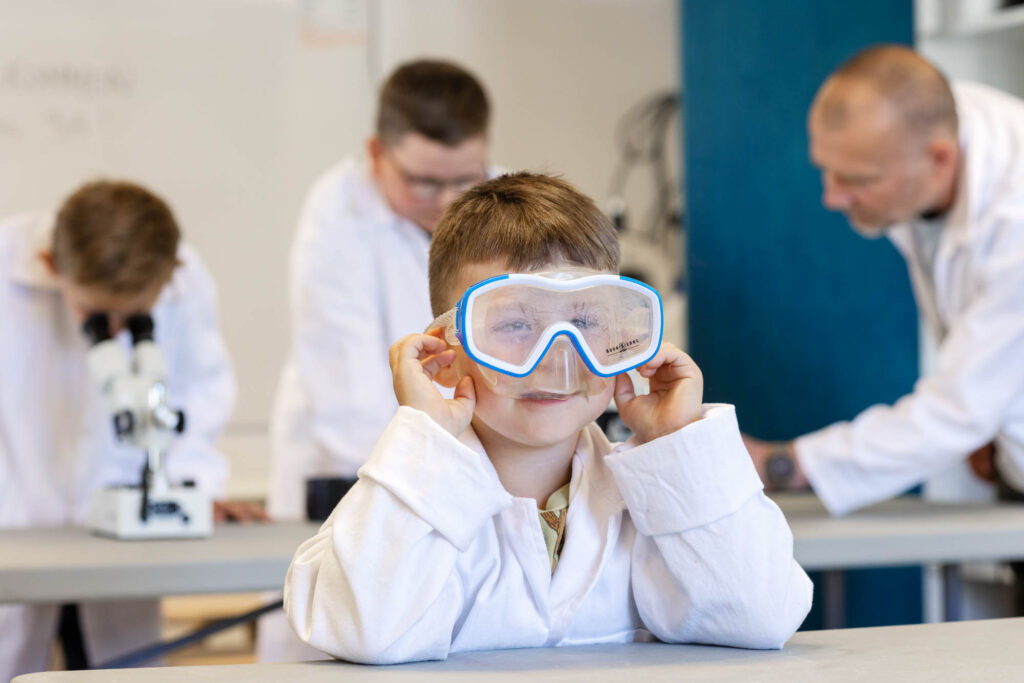
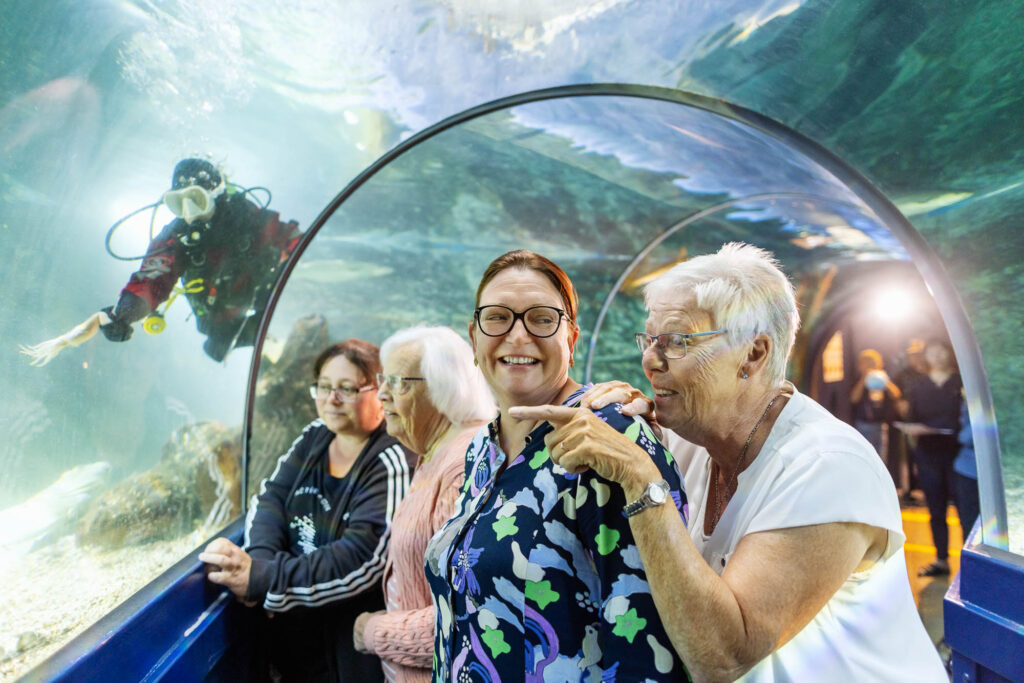
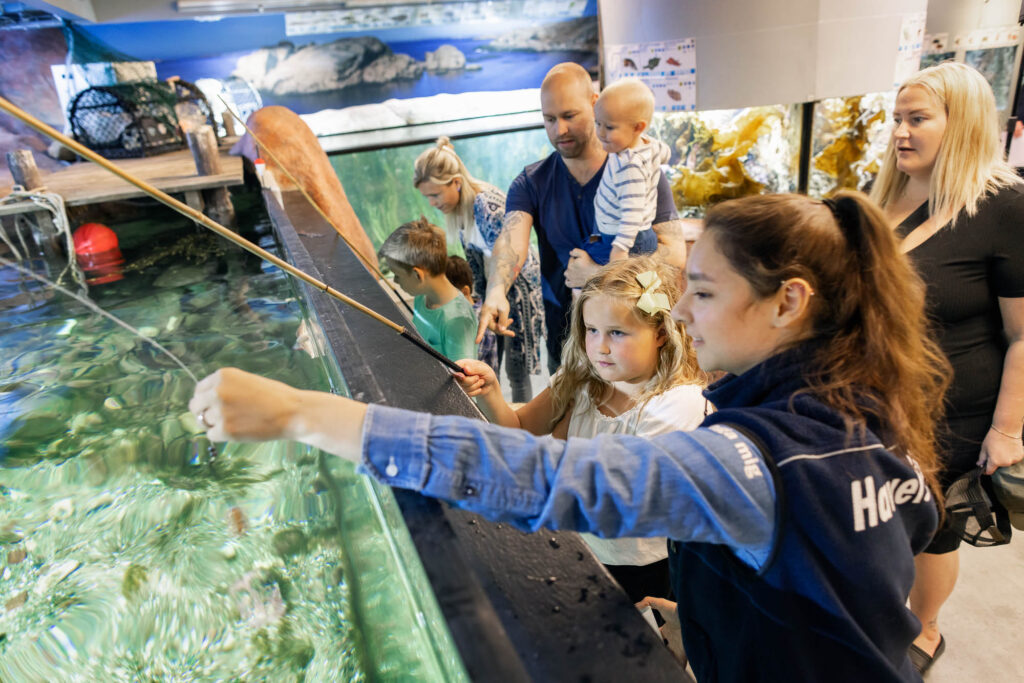
Our goal is to increase knowledge about marine ecosystems and demonstrate how closely interconnected life in the ocean is with the environment on land. In practice, this means:
- Clarifying the connections between humans and the sea
- Spreading awareness of the ocean’s importance and vulnerability
- Inspiring concrete steps toward a more sustainable future
We achieve this through educational experiences at the aquarium, as well as collaborations with schools and educational programs for different age groups. Students learn about marine animals and ecosystems through direct interaction and experiential learning.
We also offer environmental training and sustainability guidance for businesses and organizations, linking global sustainability goals to concrete examples from the ocean and our operations.
Ethical Animal Care
Ethics and sustainability are the foundation of everything we do. Our aquariums are designed to replicate the natural marine habitats, tailored to the specific needs of each species. We ensure that:
- Animals have space to move and behave naturally
- They are provided with opportunities for retreat and shelter
- Their food comes from sustainable sources
Environmental awareness is at the heart of our operations. We use recycled energy from seawater, produce our own electricity, and are powered by district heating and fossil-free electricity.
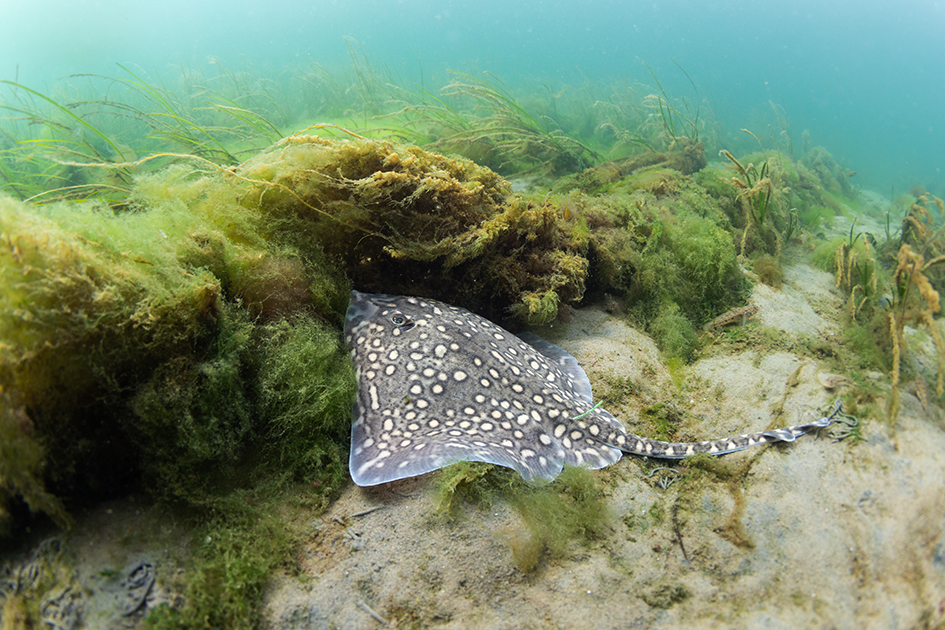
Conservation Projects
An essential part of our work is contributing to the preservation of endangered species in the Västerhavet. Since 2003, we have bred and released over 200 small-spotted catsharks in Gullmarsfjorden. We also work on breeding thornback rays and collaborate with organizations like WWF to strengthen efforts in biodiversity conservation.
Through these initiatives, we aim not only to support stronger marine populations but also to increase awareness of these fascinating species and the need to protect their habitats.
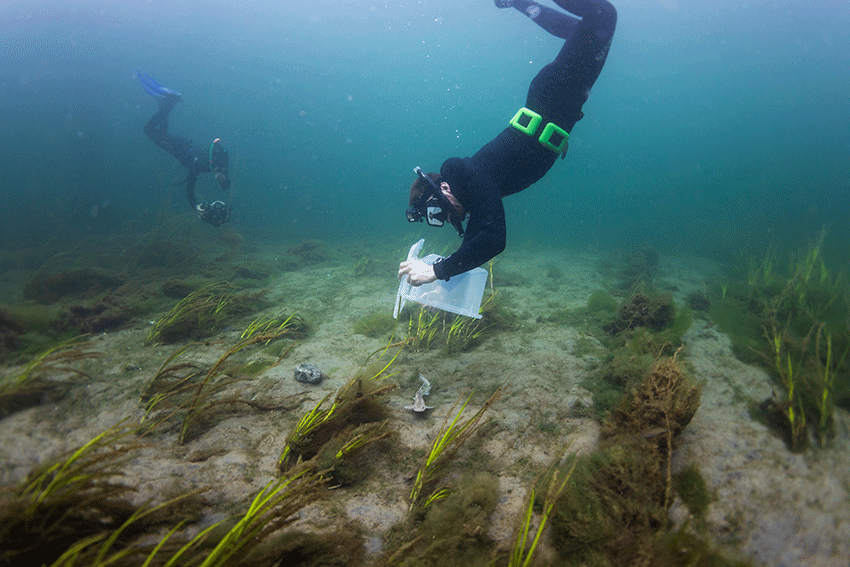
The annual release of small-spotted catsharks in Gullmaren tends to attract significant attention.
FAQ
Is it ethically justifiable to keep animals confined in aquariums?
Providing excellent animal welfare is our highest priority. To achieve this, we base our approach on the specific needs of each species. A deep understanding of their biology and behavior is essential—for example, whether they are social or solitary, nocturnal or diurnal, spend much of their time foraging, or require nesting materials.
Giving animals sufficient space to express their natural behaviors is crucial. Therefore, we ensure that our aquariums provide ample room for movement and suitable retreat options.
We have regular visits from a veterinarian, and all aquarium staff either have extensive experience working with marine animals or hold degrees in marine biology. We also maintain close collaboration with industry colleagues, exchanging knowledge on animal welfare.
To foster a better understanding of nature, the ocean, and its inhabitants, firsthand experiences are invaluable. Seeing and experiencing marine environments—such as a rich soft seabed teeming with life, from sea anemones to Norway lobsters—helps illustrate the impact of activities like trawling. This direct exposure enhances discussions on marine environmental issues and makes them more tangible.
Additionally, we release animals into the ocean when necessary—for instance, if an animal is carrying eggs and its offspring have a better chance of survival in the wild.
How do we detect if animals are unwell, and how do we address it?
If animals change their behavior or show symptoms of illness, we follow up and take necessary action, often in consultation with a veterinarian if required. Medication may be prescribed if needed, but this is rare as we seldom have the need for it.
Can it be proven that Havets Hus conservation projects are beneficial?
In the case of the small-spotted catshark, the population has increased in our local area, though it cannot be directly linked to our annual release of the animals. However, it has likely had a positive impact on the improved population status.
Fundamental research is crucial for understanding how these animals live in the wild, providing insights into what is needed for them to develop sustainably.
The greatest benefit, however, is that these animals serve as ambassadors, helping to raise awareness about how we manage our oceans. Our animal releases receive significant media attention, particularly when we reintroduce species like the small-spotted catshark, which is encouraging.


